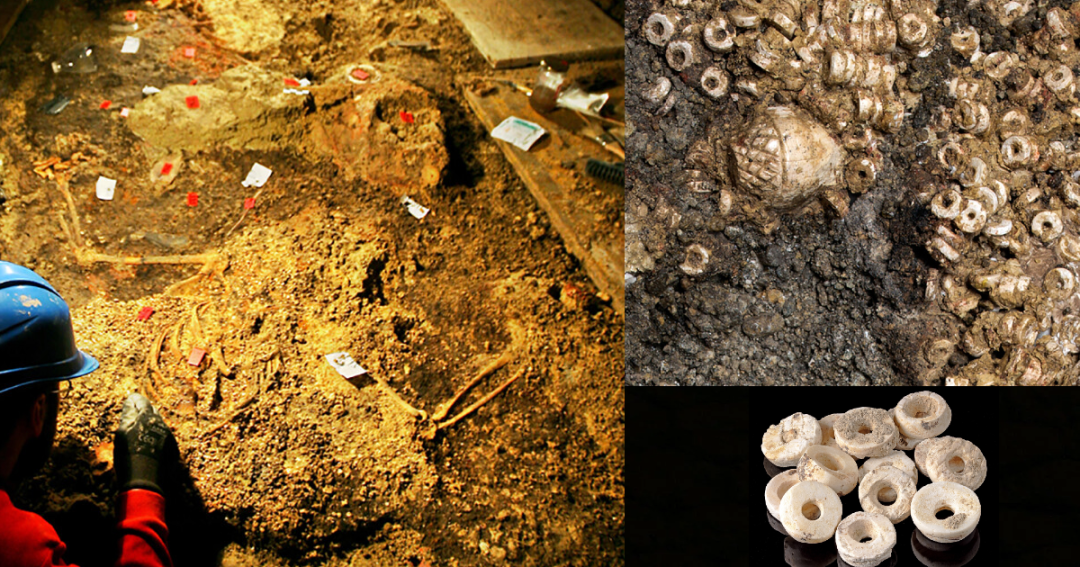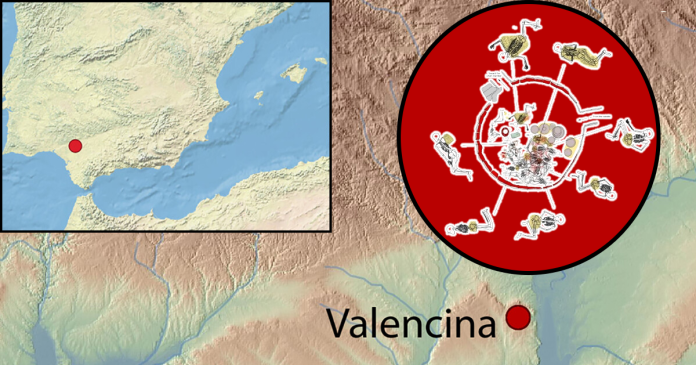A most intriguing discovery from the Montelirio tomb in southern Iberia, was announced in Science Advances in late January of 2025. Where archaeologists uncovered a remarkable collection of beaded attires, amongst a tomb, of seven young women with average ages in the mid 20’s.
The clustering of these individuals in one grave, along with the context of their burial, raises the possibility they all may have been part of a significant ritual or sacrificial ceremony.
The Study:
The study itself focused on analyzing these beaded attires, incorporating techniques such as radiocarbon dating, morphometric analysis, and experimental archaeology. By quantifying the bead assemblage, researchers have been able to understand the labor investment involved in creating these intricate garments and compare them with other significant bead collections worldwide. Researchers discovered that artisans crafted these beads using raw materials made from marine shells. The presence of shell beads in this burial suggests that they held symbolic significance.

Experimental archaeology has revealed the methods used to weave the beads and the types of fibers employed, providing clues into the textile production of the time. Along with the presence of cinnabar for use as pigment. As researchers continue to explore these garments, they uncover not only the craftsmanship of ancient artisans but also the social and cultural contexts that gave rise to such exceptional attire.
Editorial:
This study takes a brass-tacks approach in analyzing the beads their material and their manufacturing techniques. But it completely ignores the larger significance of the tomb. While I appreciate the effort to understand such craftmanship we’re talking about beads here, not the most remarkable things in the world. And to focus down on them while ignoring the bigger picture is why we need independent alternative researchers.
Two women wore more beaded garments than the remaining five, suggesting they held higher status; even within the context of a likely sacrificial ritual. From this, one can reasonably conclude they were “priestesses” who not only led the ceremony but participated in it as well.
I’m sure many of you have made the correlations already with the number 7. There are the seven sages, seven days of creation, the seven visible planets. Etc.
Here we have a likely significant ritual practice tied to the number seven, roughly 5,000 years ago while I’m not well versed in these esoteric inferences, I can still recognize them when I see them.
Studying the ancient past should be more about our story, how these beliefs shaped us, where they originated and less about some beads.

